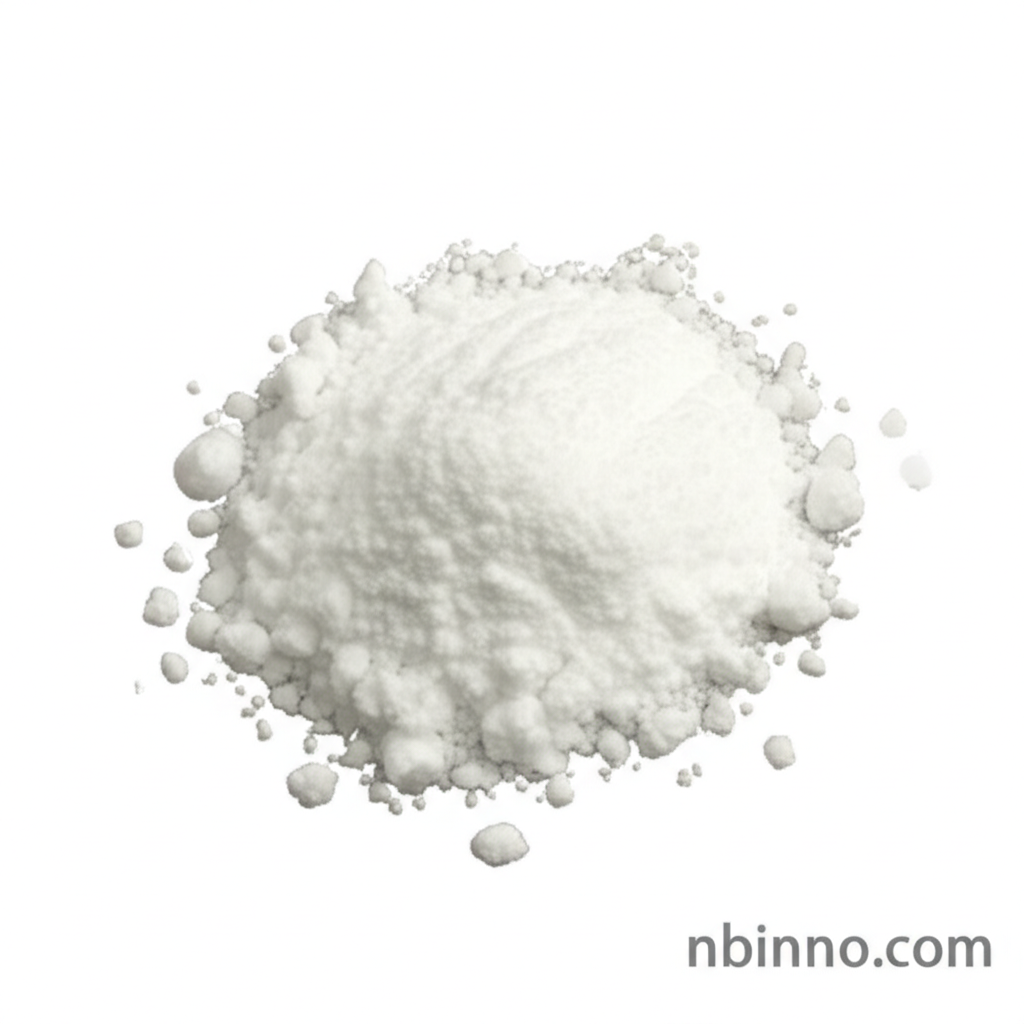2-Chlorophenylacetonitrile: A Key Intermediate for Synthesis
Discover the versatile chemical properties and applications of this essential building block in pharmaceuticals and fine chemicals.
Get a Quote & SampleProduct Core Value

2-Chlorophenylacetonitrile
2-Chlorophenylacetonitrile is a vital chemical compound serving as a fundamental intermediate in the synthesis of a wide array of complex organic molecules. Its specific chemical structure makes it highly valuable in the pharmaceutical industry for developing new drug candidates and in the electronics sector for specialized material creation. The compound's reliable properties and established synthetic routes make it a preferred choice for researchers and manufacturers.
- Explore the 2-(2-chlorophenyl)acetonitrile properties vital for R&D in advanced chemical manufacturing.
- Learn why many choose to buy 2-(2-chlorophenyl)acetonitrile for its role as a critical pharmaceutical intermediate.
- Understand the significance of CAS 2856-63-5 as a chemical intermediate in diverse industrial applications.
- Investigate the synthesis of 2-chlorobenzyl cyanide and its downstream applications.
Key Advantages
Versatile Synthesis Intermediate
Leverage the unique reactivity of 2-chlorophenylacetonitrile for intricate organic synthesis projects, supporting the development of novel compounds.
Pharmaceutical Building Block
As a key pharmaceutical intermediate, it plays a crucial role in the efficient and cost-effective production of active pharmaceutical ingredients.
Electronic Chemical Applications
Its specific molecular structure is beneficial for creating specialized materials used in the ever-evolving electronic chemicals sector.
Key Applications
Pharmaceutical Synthesis
Utilize 2-chlorophenylacetonitrile in the multi-step synthesis of APIs, contributing to the pharmaceutical industry's innovation.
Fine Chemical Manufacturing
As a fine chemical, it's indispensable for creating a range of specialized chemicals used across various industries.
Organic Building Blocks
Its function as an organic building block simplifies complex molecular construction, aiding in research and development.
Specialty Chemical Development
Its properties make it a candidate for developing new specialty chemicals with targeted functionalities and applications.
